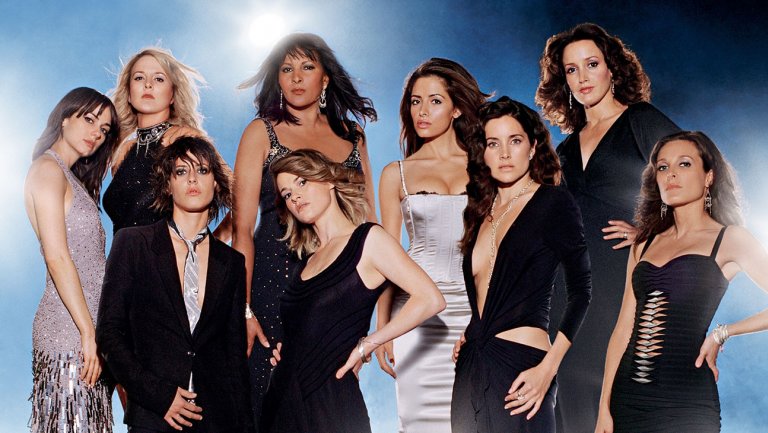Last month, Yorgos Lanthimos’s The Favourite made history when it received 10 Academy Award nominations for the portrayal of Queen Anne’s sordid lesbian affairs with the Ladies of the 19th Century. Including Best Picture, Best Actress, and two nods for Best Supporting Actress, this was the most Oscar accreditation received for any queer female film ever – tying with Cabaret (1973) for most nominations for
When looking at the demographics of these characters the figures become direr, with no look-in for a single queer Asian or transgender character recorded in any of these films. In the few LGBTQ+ stories that the industry so rarely exhibits, the customary white, able-bodied, middle-class individual is not the only voice that should be heard or considered necessary to appeal to the wider, straight audience. With this, and GLAAD’s proposed outline to see 50% of movies include LGBTQ+ roles by 2024 in mind, how can Hollywood embrace the queer community as more than just an inclusion quota to reach – and do so with diversity, substance, and nuanced characters?
Why is representation so important?
Although representation within media seems like a superficial aspect of the queer experience, every LGBTQ+ person I know attributes at least one notable gay character/show/person to their being comfortable within their sexual orientation. My housemate claims his nightly, tear-filled watching of Justin’s coming out
Without the ability to open any page or turn on any screen to see a realistic portrayal of my feelings, something straight people are privileged enough to see in droves, I never would have realised how important and formative that representation was to my sense of self. The reality that many minorities within the LGBTQ+ community remain unrepresented does a disservice to the young questioning people who need this guidance more than ever.
What are the problems with how LGBTQ+ stories are currently being portrayed?
Even as a show that revolutionised the conversation and placed queer issues at the forefront of progressive media, The L Word was the epitome of the elite, white lesbian experience. Though it is important to remember the cultural context, the show was released in the early
Though a majority of these tropes are little more than lazy and annoying, e.g. All Gays love Theatre or Lesbian Death Syndrome (gay characters being killed off or treated as disposable), it’s the branding of LGBTQ+ characters as predatory, violent, and paedophilic that poses the most threat to the community. It is the negative connotations developed from this harmful and uninformed writing that allows for both societal and internalised homophobia to thrive. Though these tropes are certainly less existent in more contempory cinema, this is not to say that any queer film in recent years is not guilty to conforming to the traditional interpretations of LGBTQ+ stories. Bohemian Rhapsody, for example, also tipped for multiple wins at this month’s Academy Awards, and has been under intense scrutiny for the demonization and passive vilification of Freddy Mercury’s alleged queerness.
If it’s not taking queer characterisations to stereotypical extremes, it is the contrary. In the worry of risking backlash, or money-loss at the hands of conservative audiences, Hollywood would rather see their pockets lined than entertain a realistic and varied depiction of the queer population. It is not just our wishful thinking to blame for Hollywood’s sex symbols playing these roles, namely Rachel Weisz ‘playing gay’ in two major productions last year. By marketing a more ‘palatable’ version of the LGBTQ+ experience, it is guaranteed that it will still entice a wider audience at the death knell of a true portrayal of LGBTQ+ politics and history. Viewed with the same contempt is multi-ethnic and female-centric film, though a report shows that in recent years both of these categories report better in the box office than their counterparts.
How can representation improve?
Of 4000 films tested, 50% of
Just as negative estimations of ethnic and
Holly James
Image credit: Hollywoodreporter.com

